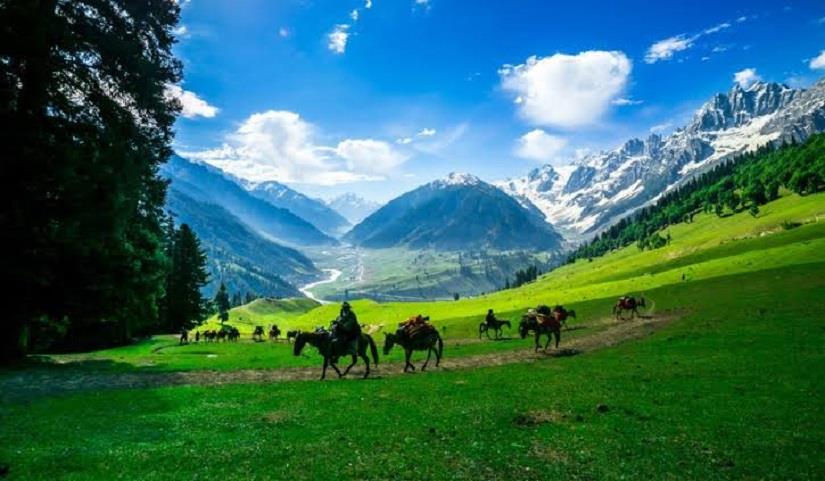
Kashmir's Geography Is The Key To Sustainable Development
Representational photo
By Asif Iqbal
The road to Kashmir was blocked time and again this year. Landslides, triggered by heavy rains, buried dozens of vehicles, severing the connection between mountains and mainland.
For days, residents waited, cut off from schools, hospitals, and markets. Stories of patients missing treatment and children unable to attend school became daily news. These are not isolated incidents.
In Jammu and Kashmir, they are symptoms of a systemic problem: development without geography.
Across the region, the central and state governments have repeatedly pursued one-size-fits-all models of development. These blueprints, designed for India's plains, assume wide roads, massive dams, and large industrial zones are the markers of progress.
But Kashmir's complex topography, including mountains, rivers, deep valleys, and shifting soils, defies such simplifications.

Legal Disclaimer:
MENAFN provides the
information “as is” without warranty of any kind. We do not accept
any responsibility or liability for the accuracy, content, images,
videos, licenses, completeness, legality, or reliability of the information
contained in this article. If you have any complaints or copyright
issues related to this article, kindly contact the provider above.
Most popular stories
Market Research

- Moonx: The Leading Crypto Trading Platform With X1000 Leverage And Unlimited Meme Coin Access
- T-REX Launches Intelligence Layer To Fix Web3's Value Distribution Problem
- Yield Basis Nears Mainnet Launch As Curve DAO Votes On Crvusd Proposal
- Bydfi Highlights 'BUIDL' Ethos During Newcastle United Match Against Arsenal
- Alt.Town Introduces $TOWN Token Utility Across Platform Services And Launches Valuefi Deposit Event
- Dexari Unveils $1M Cash Prize Trading Competition


















Comments
No comment